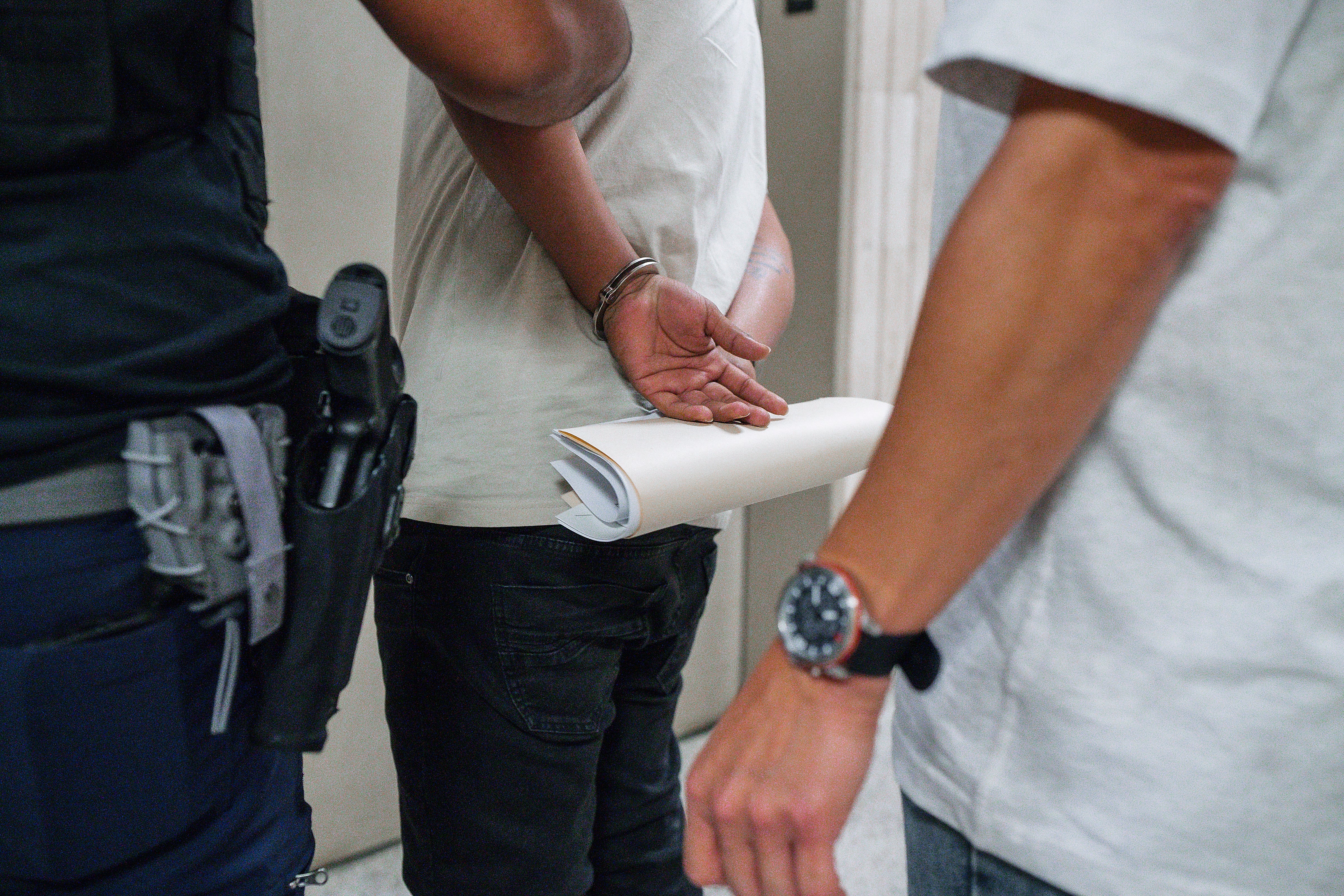Forging stronger relationships with China's navy has been one of Chief of Naval Operations Adm. Jon Greenert's biggest pushes since taking the Navy's top post in 2011.
The relationship with the growing Chinese fleet has been marked by fits and starts since then, though Greenert has made headway on several fronts.
What you need to know:
1 Meeting up. Greenert has made two trips to China this year: one for the Western Pacific Naval Symposium in Qingdao, and one independent trip to Beijing on the invitation of Greenert's Chinese counterpart, Adm. Wu Shengli.
Greenert hosted Wu last year, when it was announced that the Chinese would participate in this year's Rim of the Pacific exercise for the first time. In addition to the RIMPAC breakthrough, Greenert also has overseen the adoption of the Code for Unplanned Encounters at Sea, a common set of communication guidelines for handling encounters between foreign warships.
2 Take a trip. Another Greenert initiative might yield an interesting adventure for some: personnel exchanges.
Greenert has said officials are looking at setting up routine exchanges of midgrade officers and senior enlisted, who might spend a month or longer embedded in the crew of Chinese ships, staffs, schools or squadrons. The U.S. Navy would do the same with Chinese officers and sailors.
3 Carrier training. The Chinese are keen on learning carrier operations from the U.S. Greenert, in an interview with The Wall Street Journal, said he was open to the idea of driving the aircraft carrier George Washington from Japan to China and allowing crew members from the new Chinese carrier Liaoning to tour the ship and learn more about carrier flight operations.
GW's crew would also tour Liaoning, he said.
4 Rocky road. There have also been some high-profile clashes. In December, the cruiser Cowpens, operating 32 nautical miles off of China's Hainan Island near Liaoning, narrowly avoided a collision with a Chinese amphibious ship.
A more recent public relations flare-up took place July 21, when news broke that the Chinese had sent a spy ship to the RIMPAC exercise that was operating close to Hawaii. Some dubbed it a "party crasher"; China's defense ministry said the vessel, in international waters off Hawaii, was operating "in line with international law," Agence France-Presse reported.
5 More Chinese port calls. Greenert continues pressing forward.On his most recent trip to China, he established more port visits for Chinese ships in the U.S. and vice versa. He also held an all-hands call with the Liaoning, where he outlined areas where the U.S. and China could cooperate, including disaster relief, search and rescue, counterpiracy, and countersmuggling operations.





